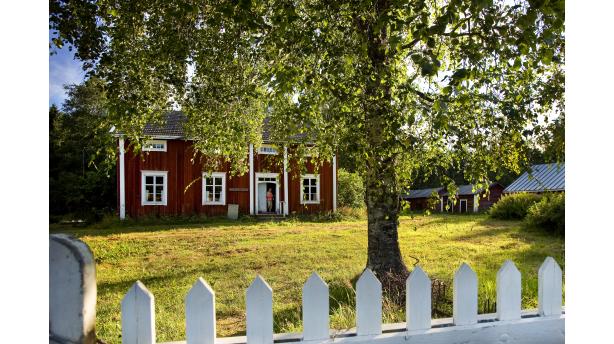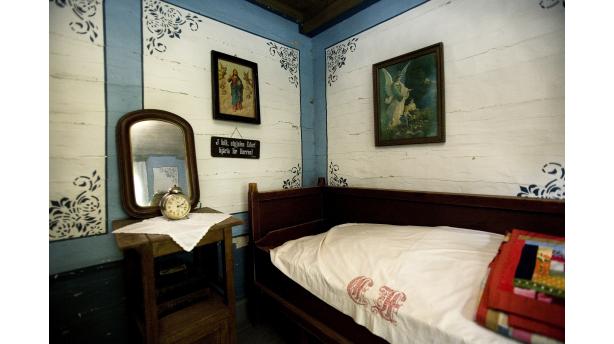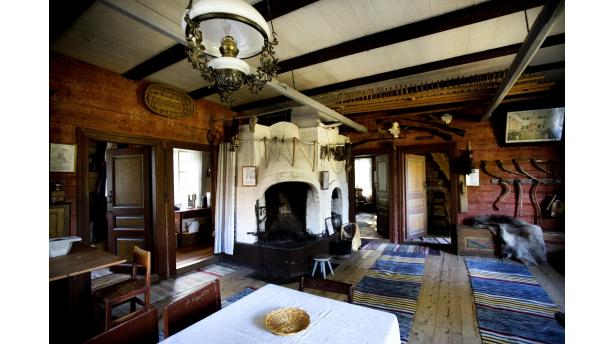The museum area was inaugurated in 1977, but already in the beginning of the 20th century the Kronoby Regional Association – originally called the Kronoby Temperance and Youth Association – was practicing home region activity.
Museum A-Ö » Tolvmansgården Museum
Tolvmansgården Museum



Did you know...
The museum area was inaugurated in 1977, but already in the beginning of the 20th century the Kronoby Regional Association – originally called the Kronoby Temperance and Youth Association – wa ...
Tolvmansgården is the first local history museum in Kronoby. The museum recounts country life and handworks in the old times. The collections’ skillfully designed spinning wheel blades or reedworks woven according to old methods serve as evidence of the artisan skills of bygone times. Tolvmansgården is a living milieu, where you can try out and experience with all of your senses for example summer on an old time fair.
Tolvmansgården dates back to the 18th century and its name is a reference to the twelve boardmen of the old district court. Tolvmansgården differs from other houses by its exceptional layout. The building has namely two side chambers on the long side instead of an end chamber typical for ordinary double cabins. This kind of room division is quite unordinary and it can only be found in the northern parts of Swedish-speaking Ostrobothnia.The artefacts in the museum collection originate from the 19th to early 20th century and are comprised of various utensils as well as handwork and agriculture tools. The interiors represent a wealthy peasant cabin, which is revealed for instance by the number of leather shoes hung up to dry next to the fireplace or the harmonium made by Simon Finholm from the Lybäck organ workshop (Swe. Lybäcks orgelbyggeri) in Kronoby parish. The only surviving harmonium built by Finholm is preserved in the museum.
Among the museum’s pearls is an ornamental collection of spinning wheel blades. Spinning wheel blades were used in the spinning wheel to fasten linen, but the reason for their meticulous and precise decorating was their usage as groom gifts, that young men gave to their sweethearts. Another interesting part of the museum is the village shop, which displays products dating back to the 1940s and 1950s from the Ferms butik shop in the town centre of Kronoby. There is no evidence for there having been a shop in the Backfolk home, but the exhibition shows, what a chamber store situated in a peasant cabin might have looked like in the first half of the 20th century.
A country estate like Tolvmansgården also included outbuildings, which is why on the courtyard have been relocated from different parts of Kronoby a farm workers’ cabin, a croft, a loft, two barns, a kiln, a smoke sauna and a stable including a carpenter’s workshop. The main building, one of the grain barns and the cowshed are on their original sites. In the loft are displayed reedworks typical for Kronoby.
An old time fair is organized annually at Tolvmansgården on the first Saturday of August, when the locals sell their products and meat soup. In the summer are also arranged storytelling evenings, and baking courses are held in the farm workers’ cabin. Time travels and exhibitions can be set up upon request, and the space can also be rented for wedding or summer celebrations.


